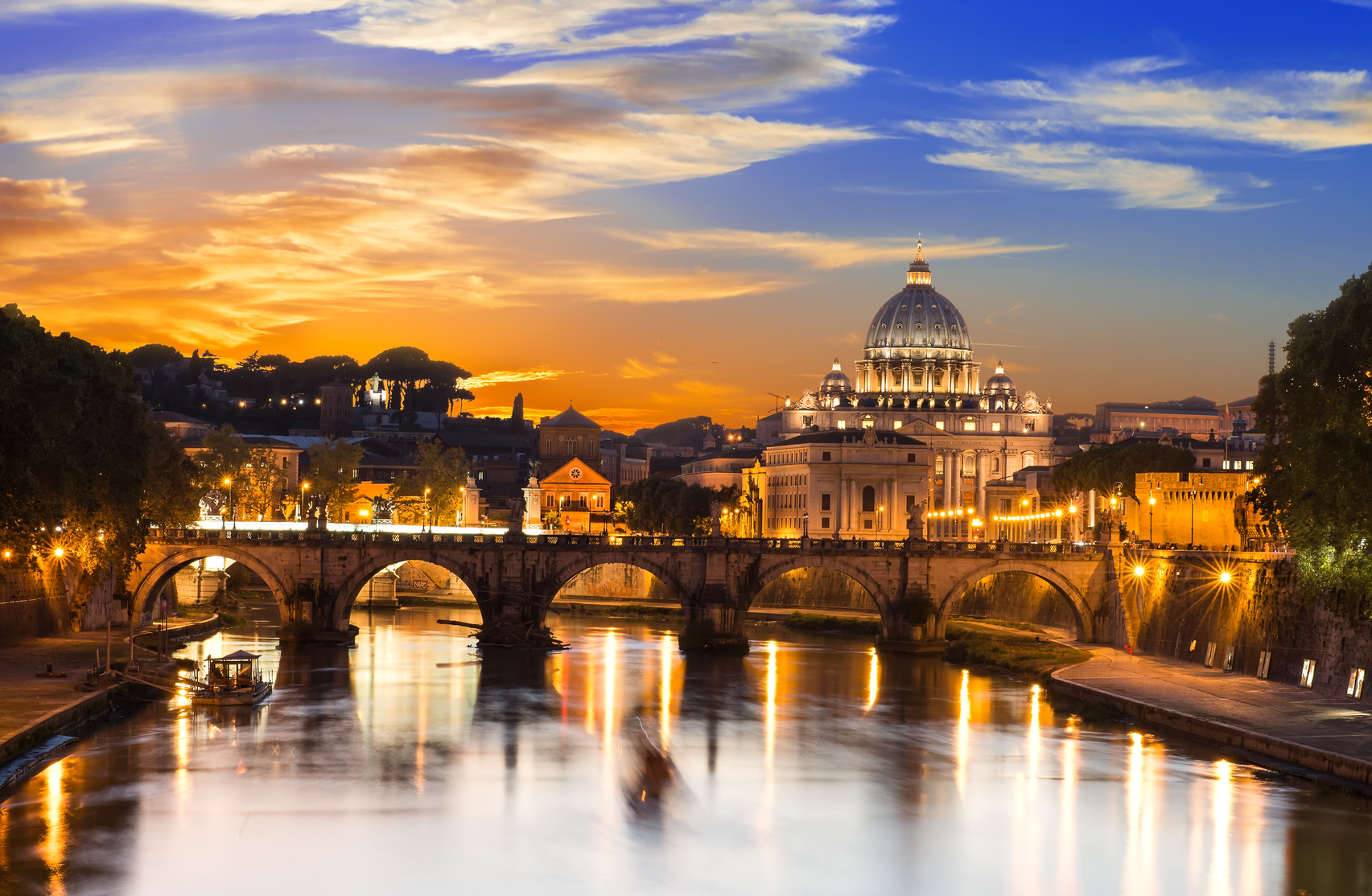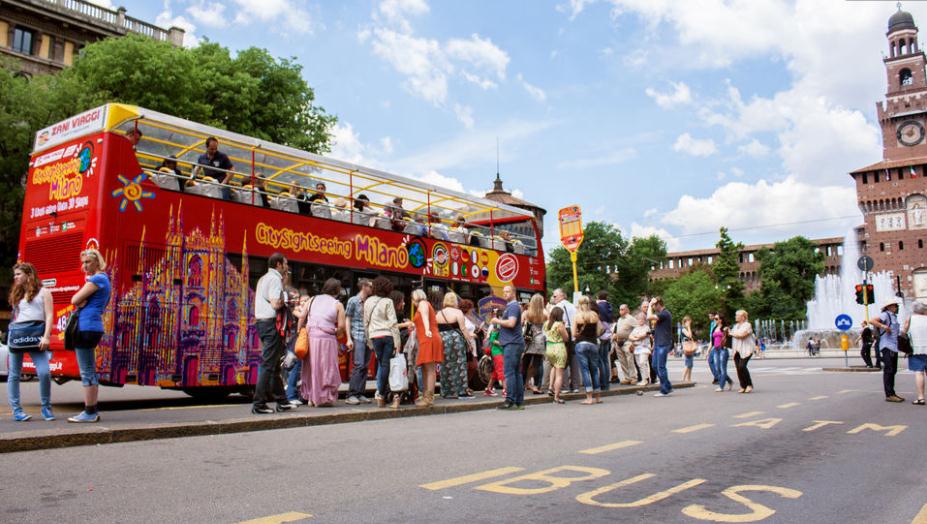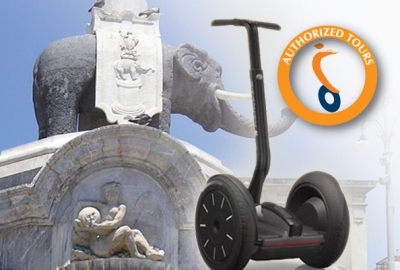
Classic Italy Loop: A Comprehensive Travel Guide
This guide details a classic loop itinerary through central and northern Italy, starting and ending in Rome. It covers iconic cities, charming hill towns, dramatic coastlines, and artistic capitals, providing a rich and diverse Italian experience.
Itinerary Overview
This journey is a circular route that combines the grandeur of Rome with the romance of Tuscany, the colorful charm of the Ligurian Coast, the fashion and culture of Milan, and the unique canal-city of Venice, before heading back through the heart of Italy to Rome.
Start & End: Rome (Fiumicino - FCO or Ciampino - CIA airports)
Primary Transport: High-speed trains, regional trains, and local buses. Renting a car can be advantageous for exploring Tuscany but is a liability in cities and the Cinque Terre.
Recommended Duration: 14-18 days to fully appreciate each location without being rushed.
1. Rome - The Eternal City
Rome, Italy's capital, is a sprawling metropolis where history echoes on every corner. It's a city of layers, with ancient ruins, Renaissance palaces, and Baroque fountains existing side-by-side.
Key Attractions
The Colosseum: The iconic Roman amphitheater. Booking a skip-the-line ticket or guided tour is essential.
Roman Forum & Palatine Hill: The heart of ancient Rome, filled with temples, basilicas, and government buildings.
The Pantheon: A marvel of ancient engineering with its massive unsupported dome. Free to enter.
Trevi Fountain: The magnificent Baroque fountain. Tradition says throwing a coin over your shoulder ensures your return to Rome.
Spanish Steps: A popular spot for people-watching, leading from Piazza di Spagna to Trinità dei Monti church.
Vatican City: An independent city-state within Rome. Must-sees include St. Peter's Basilica (free) and the Vatican Museums (book tickets far in advance), home to the Sistine Chapel.
Practical Information
Getting Around: Rome has a comprehensive metro, bus, and tram system. A Roma Pass can offer discounts and free public transport.
Food Specialties: Cacio e Pepe, Carbonara, Supplì (fried rice balls), Pizza Romana (thin and crispy), and Artichokes (Carciofi alla Romana or alla Giudia).
Stay: Areas like Trastevere, Monti, or near Termini Station offer good access to sights and restaurants.
2. Civita di Bagnoregio - The "Dying Town" (Sky City)
Often called "Il Paese che Muore" (The Dying Town) or the "Sky City" for its dramatic position, Civita di Bagnoregio is a stunning medieval hilltop village perched on a eroding tuff cliff, accessible only by a long pedestrian bridge.
Key Attractions
The Footbridge: The only access to the town, offering breathtaking views of the surrounding valley.
Medieval Architecture: Wander the silent, narrow lanes and admire the well-preserved Romanesque buildings.
St. Donato's Church: The main church in the small main square.
The Views: The primary attraction is the town itself and the panoramic vistas of the "calanchi" (badlands) valleys.
Practical Information
Getting There: Reachable by train from Rome to Orvieto, then a bus to Bagnoregio. The walk from the Bagnoregio bus stop to the bridge is about 20 minutes.
Tip: Visit early in the morning or late in the afternoon to avoid day-trip crowds. There is a small fee to cross the bridge.
Food Specialties: Simple local fare; enjoy a coffee or lunch at one of the few small cafes.
3. Siena - The Medieval Jewel of Tuscany
Siena is a quintessential Tuscan hill city, renowned for its medieval brick buildings, the shell-shaped Piazza del Campo, and the fierce Palio horse race.
Key Attractions
Piazza del Campo: One of Europe's greatest medieval squares, known for its unique shell shape and sloping profile.
Siena Cathedral (Duomo): A stunning example of Italian Romanesque-Gothic architecture, with a striped marble facade, intricate floor mosaics, and works by Pisano, Donatello, and Michelangelo.
Palazzo Pubblico & Torre del Mangia: The city's Gothic town hall and its tall tower, offering incredible views over the city and countryside.
Contrade Districts: Siena is divided into 17 historic contrade (wards), each with its own museum, fountain, and church. Exploring them offers a deep dive into local culture.
Practical Information
Getting There: Direct trains from Florence and other major cities. The train station is at the bottom of the hill; take a bus or walk up to the historic center.
Food Specialties: Pici (thick, hand-rolled pasta), Panforte (a dense, spicy fruit and nut cake), Ricciarelli (almond cookies), and robust Chianti wines.
The Palio: If you wish to see the famous horse race, held on July 2nd and August 16th, book accommodation a year in advance.
4. Florence - Cradle of the Renaissance
Florence is an open-air museum, overflowing with some of the world's most famous art and architecture from the Renaissance period.
Key Attractions
Florence Cathedral (Duomo): Dominates the skyline with Brunelleschi's magnificent dome. Climbing the dome provides an up-close view of its construction and city views.
Uffizi Gallery: Houses an unparalleled collection of Renaissance art, including works by Botticelli, Leonardo da Vinci, and Michelangelo. Pre-booking is mandatory.
Accademia Gallery: Home to Michelangelo's iconic statue of David.
Ponte Vecchio: The medieval bridge over the Arno River, famous for its shops built into its structure, historically occupied by jewelers.
Piazzale Michelangelo: A square across the river offering the most famous panoramic postcard view of Florence.
Practical Information
Getting Around: The historic center is very walkable. Buses are useful for reaching Piazzale Michelangelo or Fiesole.
Food Specialties: Bistecca alla Fiorentina (T-bone steak), Ribollita (Tuscan bread soup), Lampredotto (tripe sandwich), and Gelato (Florence is considered its birthplace).
Museum Reservations: Book tickets for the Uffizi, Accademia, and Duomo climb weeks or even months in advance online.
5. Pisa - More Than Just a Tower
While famous for its Leaning Tower, Pisa has a beautiful historic center worth exploring beyond the iconic Field of Miracles.
Key Attractions
Piazza dei Miracoli (Field of Miracles): A UNESCO World Heritage site containing:
The Leaning Tower: The freestanding bell tower known for its unintended tilt. You can climb it, but book ahead.
The Cathedral (Duomo): A magnificent example of Pisan Romanesque architecture.
The Baptistery: The largest baptistery in Italy, known for its remarkable acoustics.
Camposanto Monumentale: A monumental cemetery with historic frescoes.
The Medieval Quarter: Explore the streets south of the Arno River for a more local feel, including Borgo Stretto and Piazza dei Cavalieri.
Practical Information
Getting There: An easy hour by train from Florence. The Field of Miracles is a 20-30 minute walk from Pisa Centrale station.
Tip: Pisa can be visited as a half-day trip from Florence or as a stopover on the way to the Cinque Terre.
Tickets: You need separate tickets for each monument in the Piazza dei Miracoli, or you can buy combination passes.
6. Cinque Terre - The Five Lands
The Cinque Terre is a string of five centuries-old seaside villages clinging to the rugged Italian Riviera coastline. The villages—Monterosso al Mare, Vernazza, Corniglia, Manarola, and Riomaggiore—are connected by hiking trails, a local train, and ferries.
The Five Villages
Riomaggiore:The southernmost village, with a picturesque harbor and colorful houses stacked on a steep ravine.
Manarola:Famous for its stunning sunset views and its wine production (Sciacchetrà).
Corniglia:The quietest village, perched high on a cliff-top, requiring a climb of nearly 400 steps from the station.
Vernazza:Often considered the most beautiful, with a natural harbor, a castle tower, and a lively main square.
Monterosso al Mare:The largest village, with a more traditional beach resort feel and a larger sandy beach.
Practical Information
Getting Around:The Cinque Terre Treno Card is essential. It covers unlimited train travel between the villages (La Spezia to Levanto) and access to the main coastal hiking trails. Ferries are a scenic alternative in good weather.
Hiking:The famous Via dell'Amore path is often closed; check the status of all trails before you go. The trail from Monterosso to Vernazza is the most challenging but rewarding.
Food Specialties:Fresh anchovies (acciughe), pesto Genovese (the region is its birthplace), focaccia, and seafood pasta.
Stay:The villages are small; book accommodation well in advance. Consider staying in La Spezia for more options and lower prices.
7. Milan - Italy's Fashion and Finance Capital
A modern, fast-paced metropolis, Milan offers world-class art, shopping, and culture beyond its business-centric reputation.
Key Attractions
The Duomo:A breathtaking Gothic cathedral, the third-largest church in the world. You can walk on the roof for incredible views.
Galleria Vittorio Emanuele II:A magnificent 19th-century shopping arcade, known as "Milan's drawing room."
Teatro alla Scala:: One of the world's most famous opera houses.


